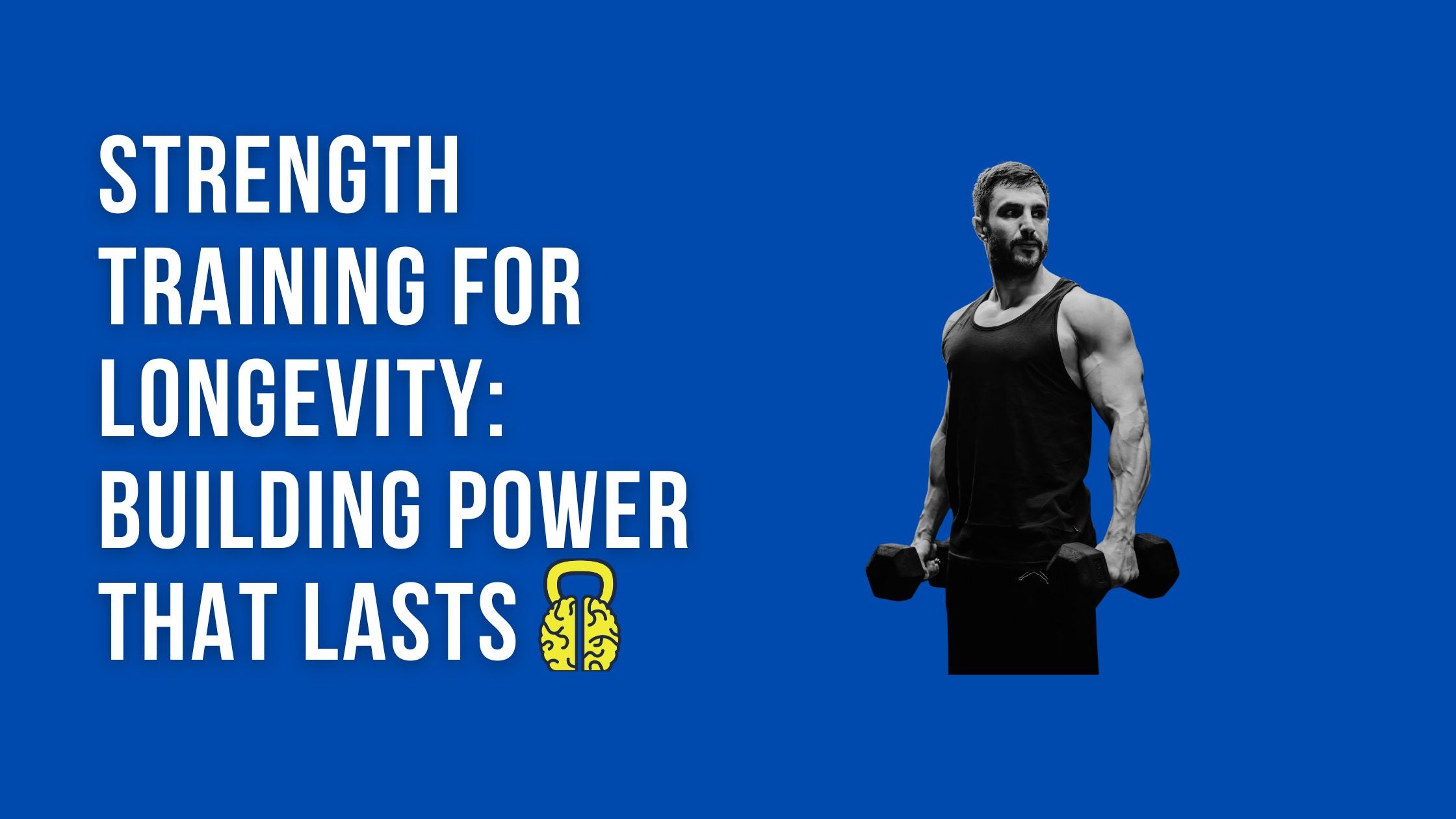As we age, the narrative often shifts from "how strong can I get?" to "how can I stay active?" We worry about joint pain, bone density loss, and a general decline in physical capability. But what if aging didn't have to mean a loss of power? What if the very tools you use to build strength today were the keys to unlocking a long, vibrant, and active life?
Strength training for longevity is not just a trend; it's a scientific approach to building a body that can handle the demands of a lifetime. It is, quite simply, the most effective form of an anti-aging strength workout you can do.
Preserving Your Framework: Bones and Joints
The old saying "use it or lose it" applies more to your bones than almost anything else. As we get older, bone density naturally begins to decrease, making us more susceptible to fractures and conditions like osteoporosis. Strength training directly combats this. The stress of lifting heavy weights stimulates your bones to adapt by becoming denser and stronger. This is particularly effective in key areas like the hips and spine, which are crucial for maintaining mobility and preventing debilitating falls later in life.
Additionally, consistent strength training builds muscle, ligaments, and tendons around your joints. This provides a supportive, stable framework that protects the joint itself, reducing wear and tear and mitigating the risk of injury. It allows you to perform everyday movements—like lifting groceries or climbing stairs—with greater ease and less pain.
Power That Lasts: Why Heavy is Still Relevant
When you see a lifter in their 60s or 70s still moving serious weight, it's not just a feat of strength; it's a testament to the power of a long-term strategy. The ability to generate power—that is, strength over time, which is crucial for quick, everyday movements like getting up from a chair or avoiding a fall—is the first physical attribute to decline with age.
This is why building muscle after 40 requires a focus on heavy, compound lifts. Movements like squats and deadlifts recruit large muscle groups and train your central nervous system, helping you maintain a higher level of functional power. Olympic lifts (snatch and clean & jerk), or their derivatives, are especially beneficial. By moving a barbell explosively, you're actively training your fast-twitch muscle fibers and improving coordination, balance, and rate of force development—all of which are vital for a long, healthy life.
A Simple Weekly Plan for Lifelong Strength
You don't need to live in the gym to reap the benefits of strength training for longevity. A simple, consistent routine is all it takes.
- 2-3 Sessions Per Week: Focus on compound lifts to hit all the major muscle groups. Rest for at least one full day between sessions.
- Focus on the Core Lifts: Build your workouts around the squat, press, and a pull variation (deadlift, clean, or row). These are the most effective movements for building and preserving total-body strength.
- Vary Your Intensity: Don't just lift heavy. Incorporate sets at different intensities—some heavier, lower-rep sets for pure strength, and some lighter, higher-rep sets with a focus on speed to train power.
- Prioritize Consistency: The key to lifelong strength is showing up. A light training session is infinitely more effective than a perfect one you never do.
The greatest investment you can make is in yourself. By committing to strength training for longevity, you're not just building a stronger body; you're building the foundation for a lifetime of health, independence, and vitality.




